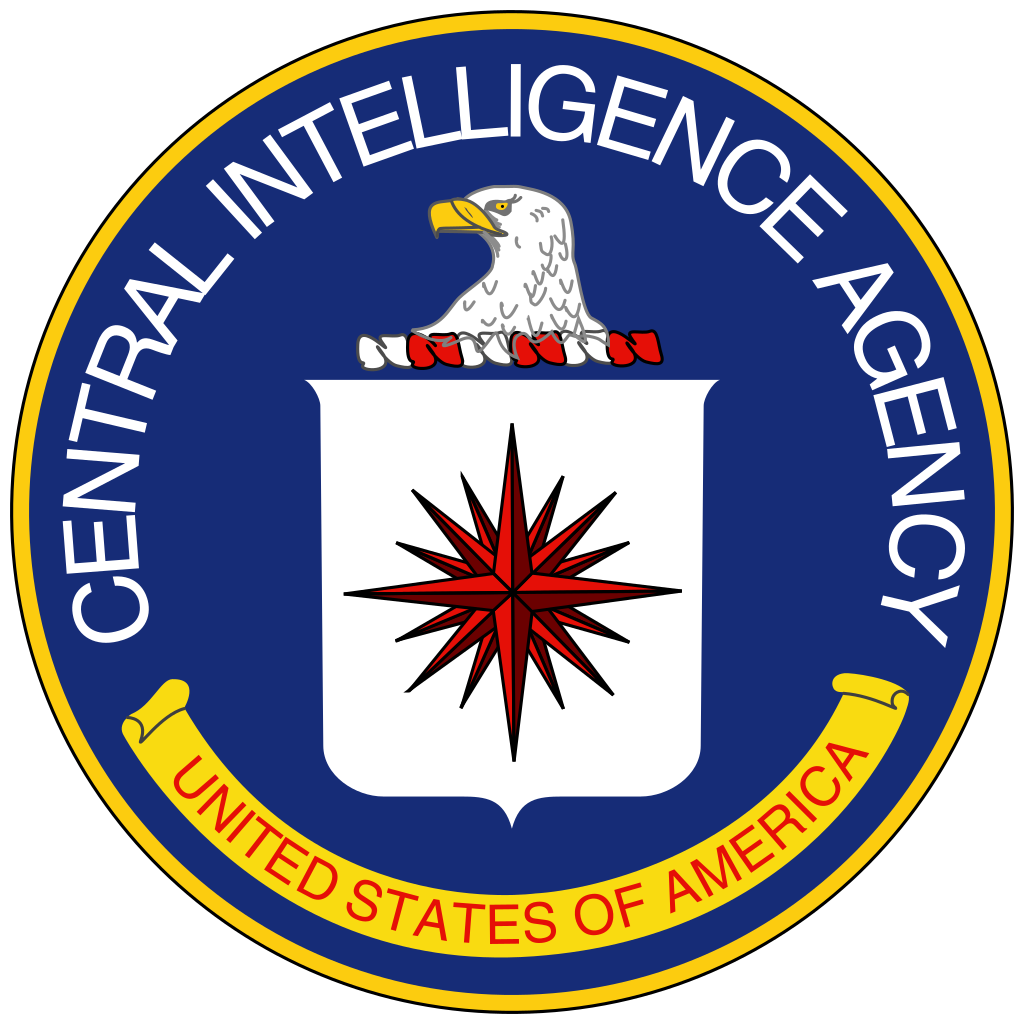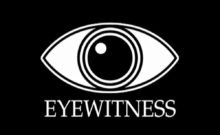There’s a couple of interesting things to note as we start this article on the history of the CIA.
First, the name and function of the organization that would become the CIA changed 5 times between 1941 and 1947.
Second, the CIA appears to have a massive ego.
In the article in which they outline their own history, they describe themselves as “America’s premier foreign intelligence agency,” which makes it sound like they’re trying to sell something.
“America’s premier grilling solutions.”
“America’s premier condiment vendor.”
“America’s premier intelligence agency.”
Get what I’m saying here?
They also describe the conditions in America shortly after the start of the Second World War thusly: “When World War II started in 1939 the State Department, Army, Navy, and FBI were randomly collecting intelligence with no direction or coordination . . . President Franklin D. Roosevelt, desperate for solid intelligence, was frustrated by the piecemeal, stove-piped information these agencies were providing him.”
Obviously, no ego went into the writing of this description. Maybe there should be a rule that the CIA shouldn’t be writing the “History of the CIA.” That’s what I’m here for.
And, if you’re wondering what “stove piping” is, you’re not alone. I had to look it up.
According to Wikipedia, stove piping is “is a metaphorical term which recalls a stovepipe’s function as an isolated vertical conduit, and has been used, in the context of intelligence, to describe several ways in which raw intelligence information may be presented without proper context.” 1
In order to solve this problem, President Roosevelt ordered the creation of the Office of the Coordinator of Information, which for some reason was abbreviated “COI.” This office was tasked with organizing the information that the other agencies collected2 as well as developing new intelligence and sending agents overseas to learn from British intelligence organizations.
After about a year, the man running COI, General William Donovan, nicknamed “Wild Bill,” realized that he needed to gain the support of the military in order to be more effective.
Part of the COI was moved under the Joint Chiefs of Staff, and the new organization was renamed the Office of Strategic Services (OSS).
According to the CIA, “[t]he OSS had a mandate to collect and analyze strategic information requested by the JCS and to conduct unconventional and paramilitary operations.” While other organizations, such as the military and the FBI, worked in concert to limit what the OSS could do in order to protect their own turf, the OSS was successful in building a worldwide clandestine network.
Shortly after World War II ended, the OSS was disbanded. The Counterintelligence Branch and Secret Intelligence Branches were reorganized under the War Department into the Strategic Services Unit (SSU).
This new unit was put under the control of yet another new organization in January 1946, the Central Intelligence Group (CIG). If you’re keeping track of the names changes in this history of the CIA, that’s that’s four changes in just five years.
According to the CIA, “CIG was responsible for coordinating, planning, evaluating and disseminating intelligence. CIG also acquired a clandestine collection capability as well as authority to conduct independent research and analysis. This was key as CIG was no longer just coordinating the intelligence it received from government agencies, but was now producing intelligence on its own. This enlarged CIG’s personnel strength considerably.”
The following year, President Truman signed the National Security Act of 1947, which created the Central Intelligence Agency. The tasks assigned to the CIG remained unchanged in the new organization but were expanded to include national security, broader intelligence coordination, evaluation of incoming intelligence, and “other functions” as the National Security Council saw fit to assign.
The National Security Act of 1947 was signed in light of the start of the Cold War. Besides creating the CIA, it also unified the Department of the Navy and the War Department into the Department of Defense and established the National Security Council.
The first director of CIA was Roscoe H. Hillenkoetter, who was wounded at Pearl Harbor when it was attacked by the Japanese, and served out the remainder of the war as the Officer in Charge of Intelligence3 on Admiral Chester Nimitz’s staff.
Hillenkoetter’s role as director of the CIA came to a sudden end in 1950. Two days before the start of the Korean War, he testified before Congress that the CIA had the sources necessary to give advance warning of any war taking place in Korea.
When North Korea launched a surprise attack on the South, he was summoned before Congress to explain what had gone wrong, and his comments on the matter were thought to be embarrassing and led to him being replaced. It was one of the more embarrasing moments in the history of the CIA.
As an odd side note, Hillenkoetter was an early board member of the organization NICAP, the National Investigations Committee On Aerial Phenomena, which was a non-profit group dedicated to the study of Unidentified Flying Objects, or UFOs.
Yes, the first CIA director was also a UFO-nut.
Since 1947, the CIA has remained largely the same, organizationally.
In 1961, the group moved to a new headquarters building in Langley, Virginia, which has become a metonym for the group. Prior to 1999, the building was formally unnamed, which is fitting for a clandestine agency, but in that year, it was renamed to the “George Bush Center for Intelligence,” after George H. W. Bush, who was Director of Central Intelligence for 357 days, prior to becoming president.
Today, the building houses a museum that is not accessible by the general public. Most items in the collection were donated by former spies, however, it does include an Enigma Machine from World War II, and one of Osama Bin Laden’s weapons.
Another unique facet in the history of the CIA is the Kryptos sculpture, stationed at CIA headquarters, which contains four encrypted messages.
While the first public announcement of the solving of the first three panels was announced in 1999 by a civilian, the CIA claimed an employee solved the first three in 1998, and the NSA later revealed that some of its employees had solved the same passages in 1992.
To this day, the fourth panel has not been solved. The sculptor, Jim Sanborn, has started revealing clues in the hopes that it will be solved before his death.
We’ll see if the CIA is up to the task.
If you liked this article, you may like:
8 Deflategate Conspiracy Theories and How They Started
The Livonian Crusades
How We Got Here: Macedonia



